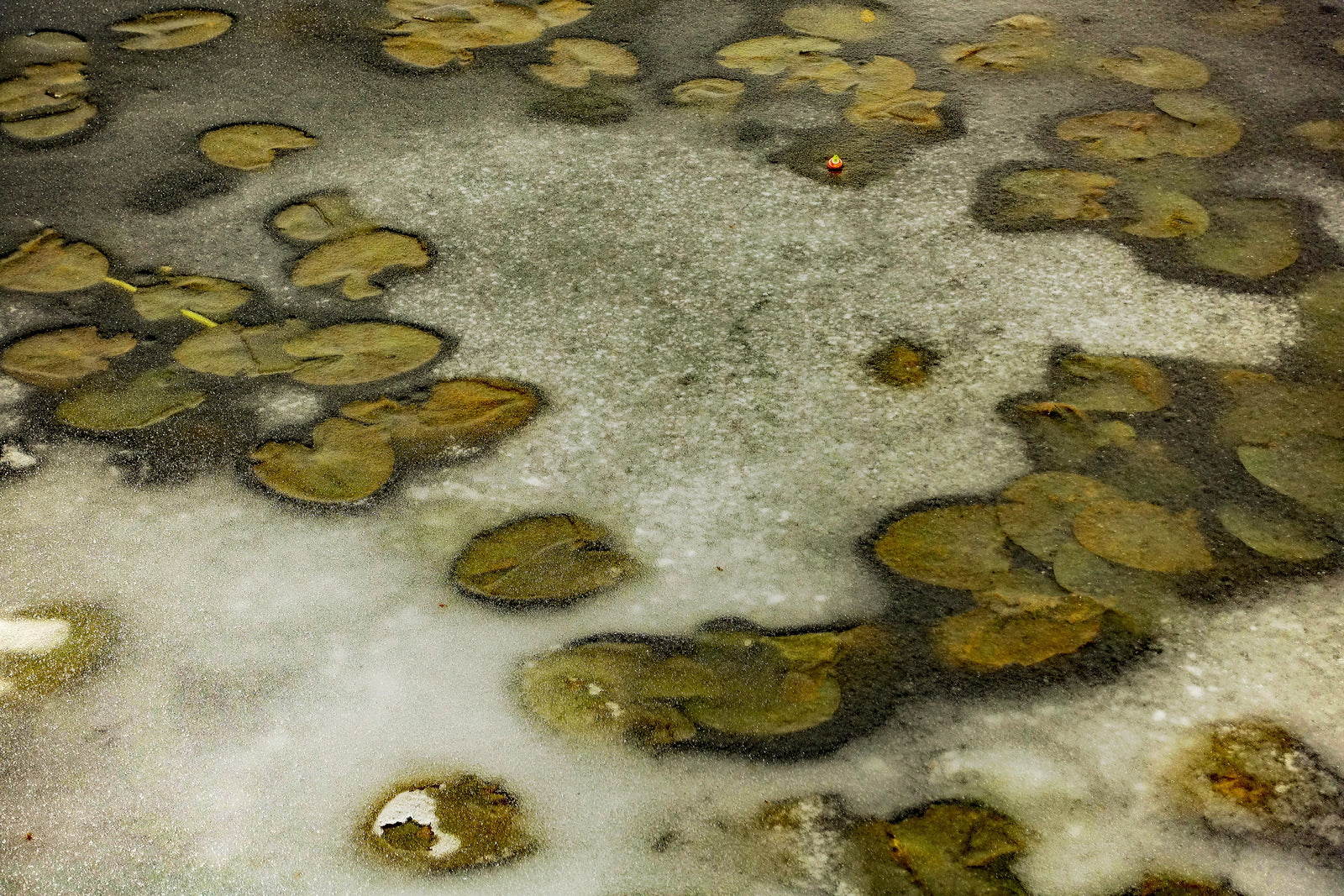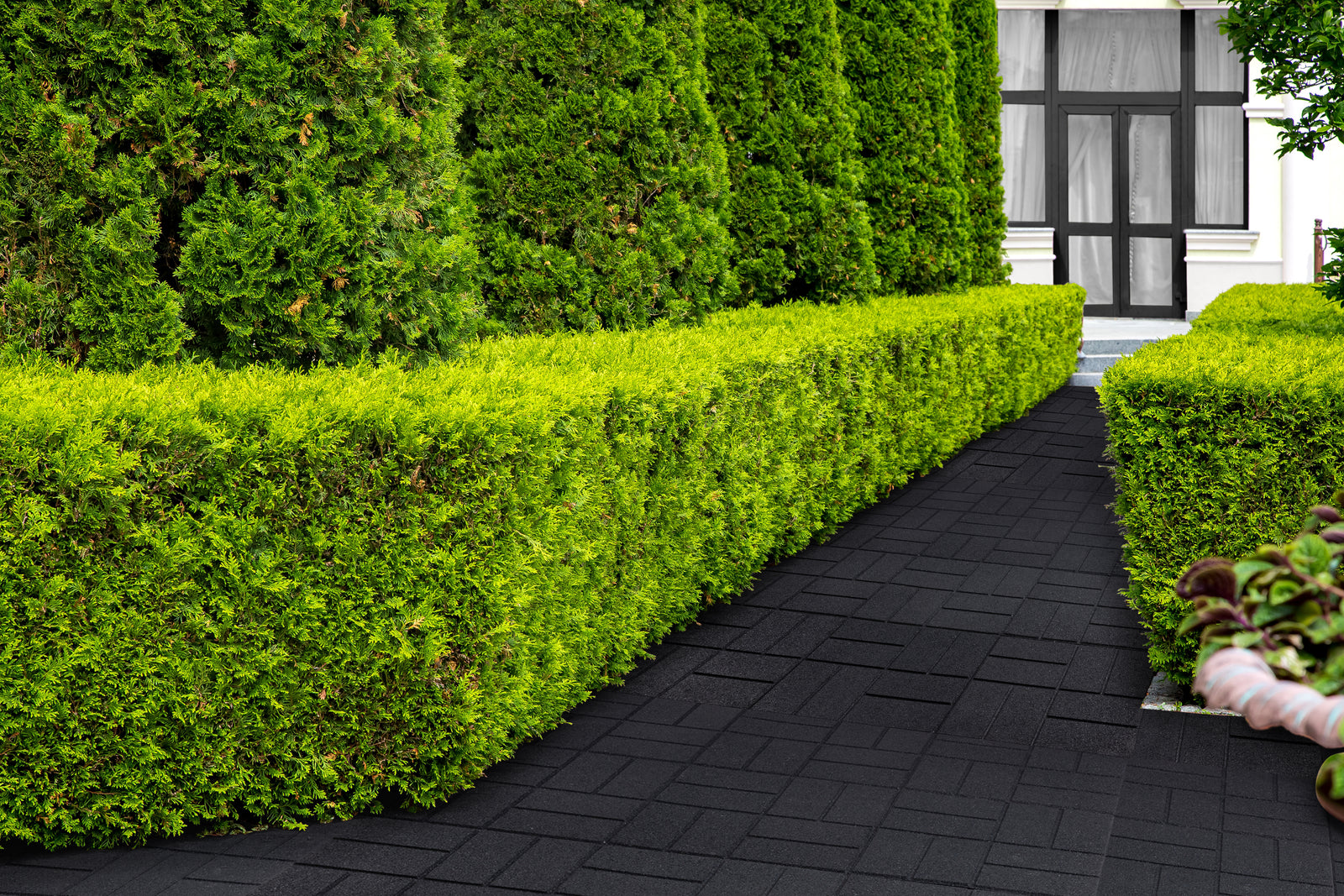October 24, 2023
Rubber Mulch vs Rubber Mats: Which Is Best for Kids' Safety?
What are the advantages and disadvantages of using rubber mat tiles for playground surfaces?
Rubber mat tiles are a popular choice for playground surfaces due to several benefits. Their interlocking pieces ensure a smooth, seamless surface that is easy to maintain, and they come in various colors and designs, which are visually appealing to children. These tiles are also handicap-accessible, offering a flat surface suitable for mobility equipment like wheelchairs. Additionally, they are weather-resistant and prevent the growth of insects and fungi. However, there are some downsides. The initial cost of rubber mats can be higher than other materials. If not installed correctly, they can create a tripping hazard, and there's a potential inconsistency in fall height protection, which varies with the thickness and quality of the tiles.
Why might rubber mulch be a good choice for a playground surface, and what are its drawbacks?
Rubber mulch is another excellent choice for playground surfacing, known for its superior shock absorption, which is crucial for children's safety. It meets critical fall height requirements and cushions impacts, providing a safer environment for play. Additionally, rubber mulch deters weeds, bugs, and fungi, and comes with a typical ten-year warranty, making it a long-lasting option. It's also available in various colors, adding aesthetic appeal to playgrounds. On the downside, rubber mulch can spill out of the play area if not bordered correctly. While cost-effective in the long run, its initial price can be higher compared to other surfacing materials.
How does the accessibility of rubber mat tiles compare to rubber mulch for playgrounds?
In terms of accessibility, rubber mat tiles have a distinct advantage. When properly installed, they provide an even and flat surface that is accessible to individuals using mobility equipment like wheelchairs, walkers, and crutches. This level of accessibility is crucial for inclusive playgrounds. On the other hand, rubber mulch, while safe and cushioning, may not offer the same level of accessibility due to its loose-fill nature, which can be more challenging to navigate for those with mobility impairments.
Can the weather affect the performance of rubber mat tiles and rubber mulch on playgrounds?
Yes, weather conditions can affect both rubber mat tiles and rubber mulch, but they are generally designed to be weather-resistant. Thick and heavy rubber mats typically stay in place even in extreme weather, provided they are installed correctly. Rubber mulch is also durable in various weather conditions. However, it's important to ensure proper installation and maintenance for both materials to maximize their weather-resistant properties.
What are the maintenance requirements for rubber mat tiles and rubber mulch in playgrounds?
Both rubber mat tiles and rubber mulch have relatively low maintenance requirements, which is a significant advantage. Rubber mat tiles are easy to clean; dirt and dust can be swept away, vacuumed, or hosed down for outdoor mats. Rubber mulch, on the other hand, requires only occasional raking or hosing, as it does not harbor fungi, mold, or weeds. Proper maintenance ensures these surfaces remain safe and functional for extended periods.
Rubber Mat Tiles:
Pros:
-
Interlocking Pieces: These tiles often come with interlocking edges, providing a smooth and seamless surface when installed correctly.
-
Easy Maintenance: Maintenance is a breeze, with dirt and dust easily swept away, vacuumed, or hosed down for outdoor mats.
-
Variety of Designs: Rubber mat tiles come in various colors, shapes, and designs, making them appealing to small children.
-
Handicap-Accessible: When properly installed, they offer accessibility to individuals with mobility equipment like wheelchairs, walkers, and crutches due to their even flatness.
-
Weather-Resistant: Thick and heavy rubber mats stay in place even in extreme weather conditions, provided they are installed correctly.
-
Insect and Fungi Resistant: Being made of rubber, these tiles discourage bugs, mold, and fungi from growing on their surface.
Cons:
-
Higher Initial Cost: Rubber mats are typically priced per tile, resulting in a higher initial cost compared to other surfacing materials.
-
Tripping Hazard: Incorrect installation or placement on an uneven surface can cause the edges of rubber mat tiles to displace, potentially leading to trips and falls.
-
Inconsistent Fall Height Protection: The fall height protection offered by rubber mat tiles may vary depending on the manufacturer, thickness, and springiness of the tiles, leading to inconsistency.
Rubber Mulch:
Pros:
-
Superior Shock Absorption: Properly installed rubber mulch meets critical fall height requirements and cushions impacts during play.
-
Weed, Bug, and Fungi Deterrent: Rubber mulch discourages weed growth, insects, and fungal development, enhancing safety.
-
Longevity: With a typical ten-year warranty, rubber mulch lasts for over a decade, reducing the need for replacements.
-
Low Maintenance: Easy maintenance is ensured as it does not harbor fungi, mold, or weeds, requiring only occasional raking or hosing.
-
Durability: Rubber mulch withstands various weather conditions, making it a durable choice.
-
Color Variety: Available in a range of colors to suit your playground's theme.
Cons:
-
Spillage Risk: Without proper borders, rubber mulch nuggets can spill from the play area.
-
Initial Cost: Although cost-effective in the long run, rubber mulch may have a higher initial price.
The choice between rubber mulch and rubber mat tiles for your child's playground surfacing depends on your specific needs and preferences. Rubber mulch offers superior shock absorption and long-term durability but may require proper borders to prevent spillage. Rubber mat tiles provide an attractive and accessible surface but may vary in fall height protection. Assess your playground's requirements, budget, and safety considerations to make the best choice for your child's play area.

Also in Rubber Mulch Blog

Embracing Eco-Friendliness by Choosing Rubber Mulch for Your Playground
June 17, 2025
“Reuse, Recycle, and Reduce” are three main aims when it comes to preserving the health of our planet. Rubber mulch definitely falls within their scope. Conserving resources, energy efficiency, and better health for kids are all rubber mulch benefits.

Effective Mold and Fungi Prevention: The Hidden Value of Rubber Mulch
October 31, 2024

Create Your Own Sensory Path with Rubber Pavers
October 28, 2024
shop
Copyright © 2025 RubberMulch.com - All Rights Reserved.






